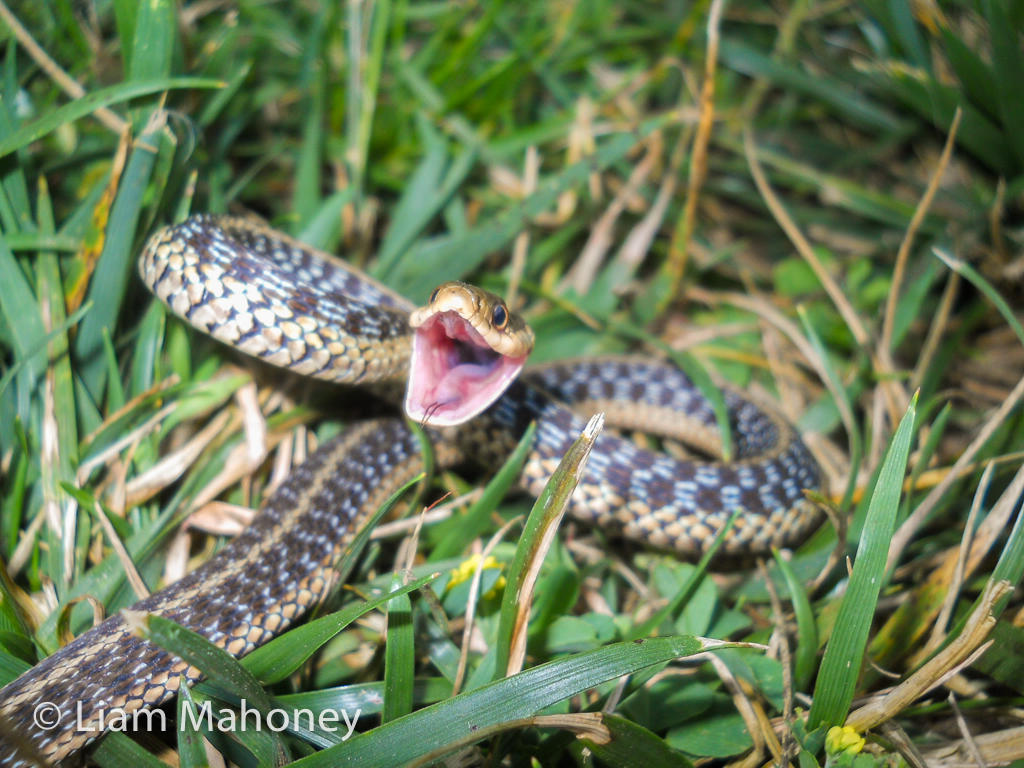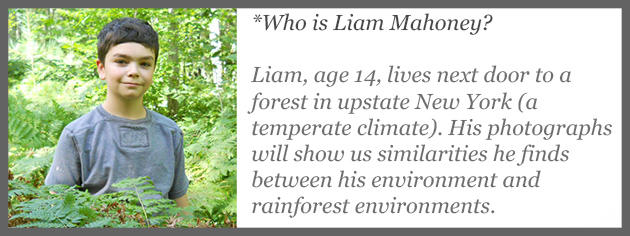How do small animals in the world’s forests protect themselves from harm? Nature has given them several tricks. For example, bright colors on tree frogs warn predators not to get too close. Other animals can blend in with their surroundings, making it difficult for predators to see them. Other animals make scary noises or can let loose stinky smells that warn other animals away.
What about closer to home? What do different animals do when faced with possible danger? Liam Mahoney*, below describes his experience taking a picture of this garter snake:
What about closer to home? What do different animals do when faced with possible danger? Liam Mahoney*, below describes his experience taking a picture of this garter snake:

“What’s interesting about this photo is that the snake was successful in making itself look way bigger than it actually was. In reality, this little guy was only about twelve inches long, but its body language made it look big and ferocious. It actually struck at my camera lens while I was photographing it! Regardless of how aggressive it appeared, this garter snake is non-venomous. It’s a harmless reptile that was only trying to protect itself from what it thought was a predator. Garter snakes are really common in forest and meadow habitats. They feed on insects, frogs, and rodents, and are one of only a small number of snake species that give live birth to their young.”
Can you think of other ways animals might protect themselves from danger? How does that help an ecosystem stay healthy?
Can you think of other ways animals might protect themselves from danger? How does that help an ecosystem stay healthy?

Rainforest Kids Science curriculum connection: Unit 2: Chapter 1, Lessons 1-4, Grades K-5

